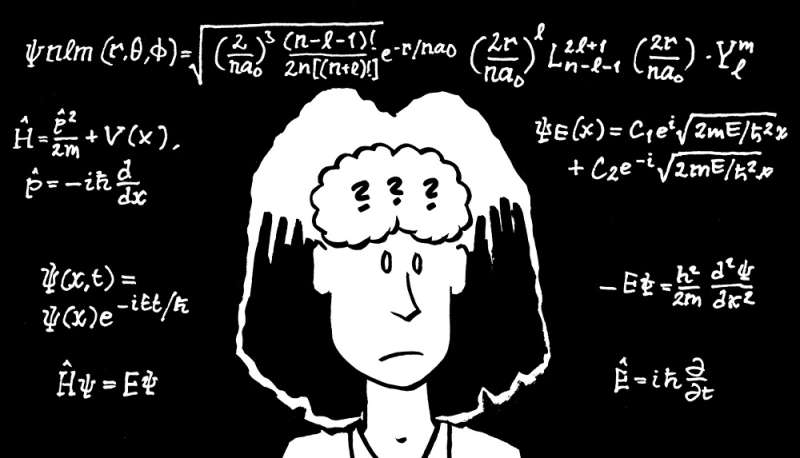Credit: Sabrina Maniscalco
Our computers, even the fastest ones, seem unable to withstand the needs of the enormous quantity of data produced in our technological society. That's why scientists are working on computers using quantum physics, or quantum computers, which promise to be faster and more powerful than conventional computers.
What is a quantum computer? An ordinary computer works with bits with a single binary value, either zero or one. By contrast, a quantum bit, or qubit, can store a zero, a one, both zero and one, or an infinite number of values in between. That increases enormously the capacities of calculations.
We are still at the beginning of this new era of computing, and there are many ways to use this new technology that have yet to be discovered. For example, the factorisation of very large prime numbers, a task which is closely related to cryptography and security of passwords, could be one of the many possible uses of quantum computers.
According to Professor Sabrina Maniscalco, who heads the Turku Quantum Technology group in Finland, "The most famous quantum algorithm is Shor's algorithm. This algorithm, if running on a quantum computer, factorises integer numbers into prime factors faster than any known classical algorithm. This is remarkable, as the slowness of prime factorisation is the basis of currently used methods to decipher messages."
But there are many other possible uses of this new technology. According to recent study reported in the peer-reviewed journal Science Advances, "The availability of a universal quantum computer may have a fundamental impact on a vast number of research fields and on society as a whole. An increasingly large scientific and industrial community is working toward the realization of such a device." Computing giants Google and Microsoft are investing a lot of money in this research field.
By using quantum physics in computers, scientists could also simulate chemical reactions in order to facilitate drug design and improve machine learning.
Scientists are even imagining the possibility of actual quantum bits transmitted between individual quantum computing modules with connections created by electric fields. The aim would be to obtain a large-scale, modular machine with an impressive computational capacity.
Professor Sabrina Maniscalco joined the QuProCS project, under the European Union programme Future Emerging Technologies (FET). The project develops a radical new approach to probe complex quantum systems for quantum simulations.
"A quantum computer would be mainly used for the same tasks as we currently use computers for. It would just be much faster. For that reason, we could solve computational problems that we cannot with any traditional computer," says Maniscalco. "But a full size quantum computer is still under development. It may become reality sooner than we dared to expect."
Finally, through quantum computing, scientists dream of investigating answers to ultimate questions such as the birth of life or the origin of the universe.
More information: Bjoern Lekitsch et al. Blueprint for a microwave trapped ion quantum computer, Science Advances (2017). DOI: 10.1126/sciadv.1601540
Journal information: Science Advances
Provided by Youris.com























